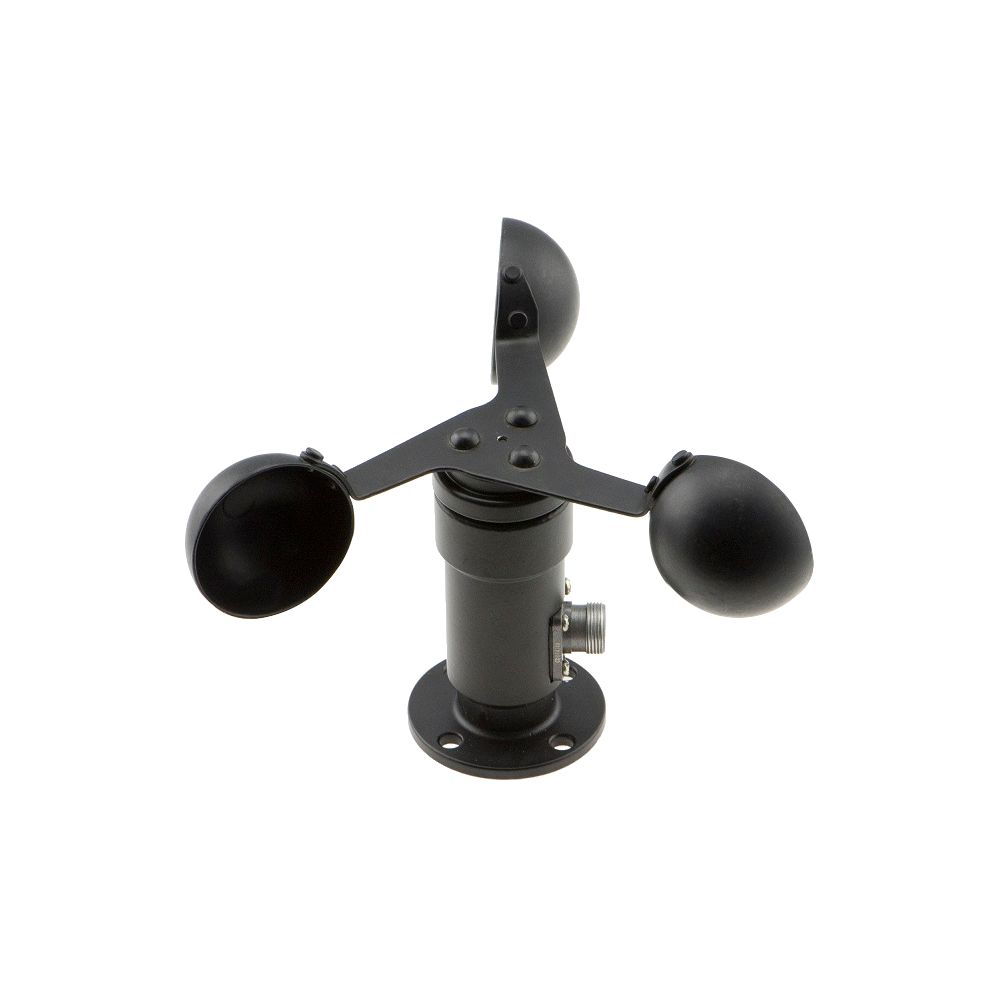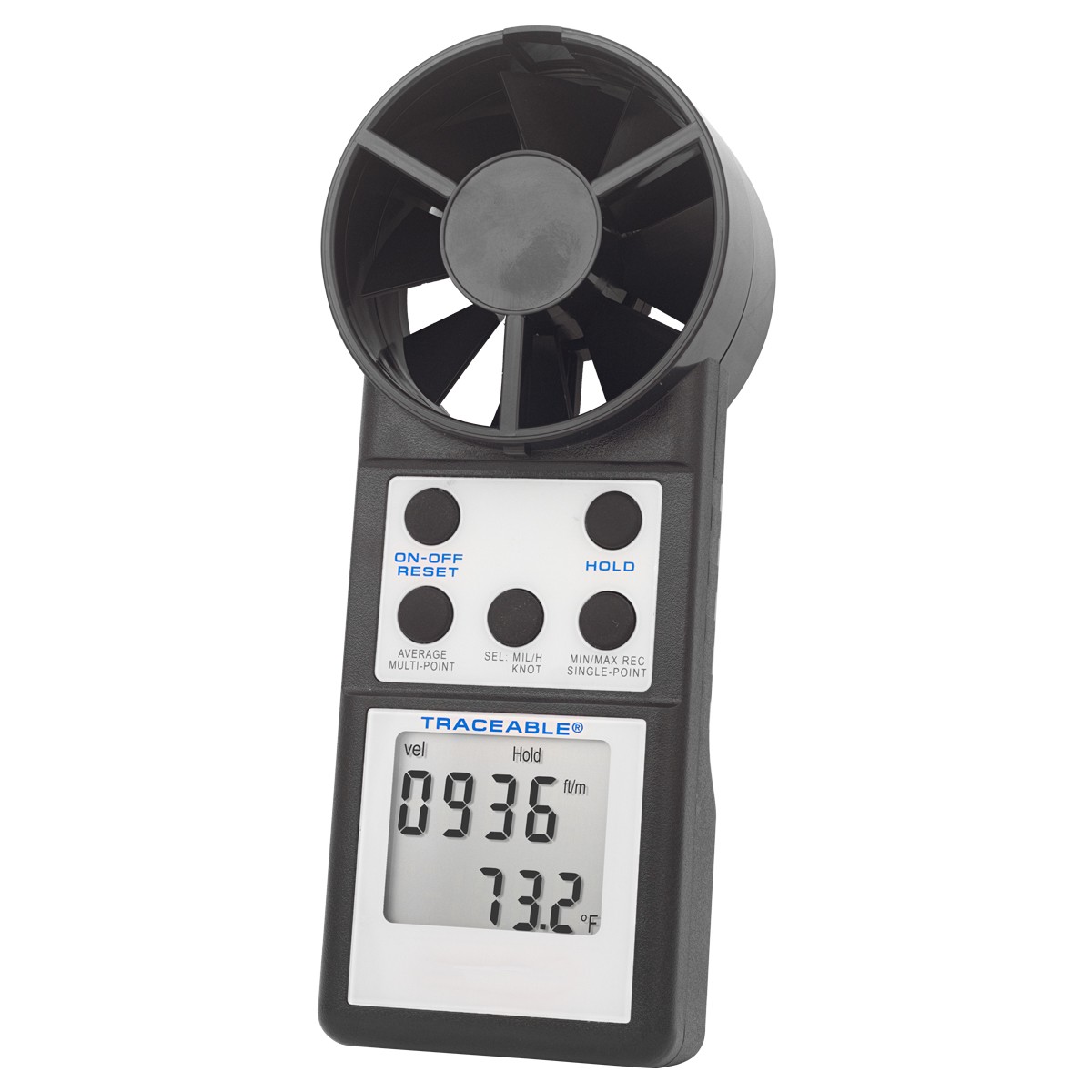

Engineers also design other anemometers that use lasers to detect changes in light waves reflected from the air molecules in wind. For example, anemometers are used to determine the how much airflow is entering or exiting mines, to make certain that miners have adequate ventilation and have enough air to breathe in the underground caves.

Well, typically an anemometer is also fitted with a wind vane to indicate the wind direction.Įngineers design anemometers to measure wind speed for many situations other than for weather measurements. It spins in the wind, and shows us the direction from which the wind is coming. This type of anemometer is commonly seen on weather stations and is often used in our weather reports on the news.ĭo you know what a wind vane is? Sometimes it is shaped like a rooster and is located on a barn's roof? It is also called a weather vane. The number of times the cups spin around per minute is counted electronically. A cup anemometer has a vertical pole with three cups that capture the wind. Wind speeds are usually measured using a cup anemometer. How do we measure wind speed? We use a special instrument called an anemometer. Wind over water is sometimes measured in units called knots.

Wind over land is sometimes measured in kilometers (or miles) per hour. How can we tell the difference between a windy day and a really windy day? We measure the speed of the wind. Carlson, ITL Program, University of Colorado Boulder
#Anemometer. install#
For safety and efficiency, railroads install wind alarms that report route conditions because high wind gusts cause loss of train power and derailments, and even blow over empty freight cars. For weather prediction, data is collected on sea buoys, marine vessels, ports and land. At airports, this real-time data helps pilots.

By noting the highest point that the wood reached on the scale, a person could measure the force of the wind.Copyright © 2012 Jan Barani, Wikimedia Commons CC BY-SA 3.0 Įngineers design sensors that collect wind speed and direction for many purposes. When the wind blows, it raises the piece of wood inside the arched frame. Here a clock for showing time is required."ĭa Vinci’s anemometer has an arched frame with a rectangular piece of wood hanging in the center by a hinge. Next to his sketches of the anemometer, da Vinci made the following notes: "For measuring distance traversed per hour with the force of the wind. While da Vinci did not actually invent the device, he did make variations on the existing designed originated by Leon Batista in 1450 (da Vinci’s design was probably made between 14) so that it was easier to measure wind force. His hope was that, eventually, the device could be used to give people insight into the direction of the wind before attempting flight. Historians stipulate that it was Leonardo da Vinci’s fascination with flight that inspired him to innovate the anemometer, an instrument for measuring the speed of wind.


 0 kommentar(er)
0 kommentar(er)
